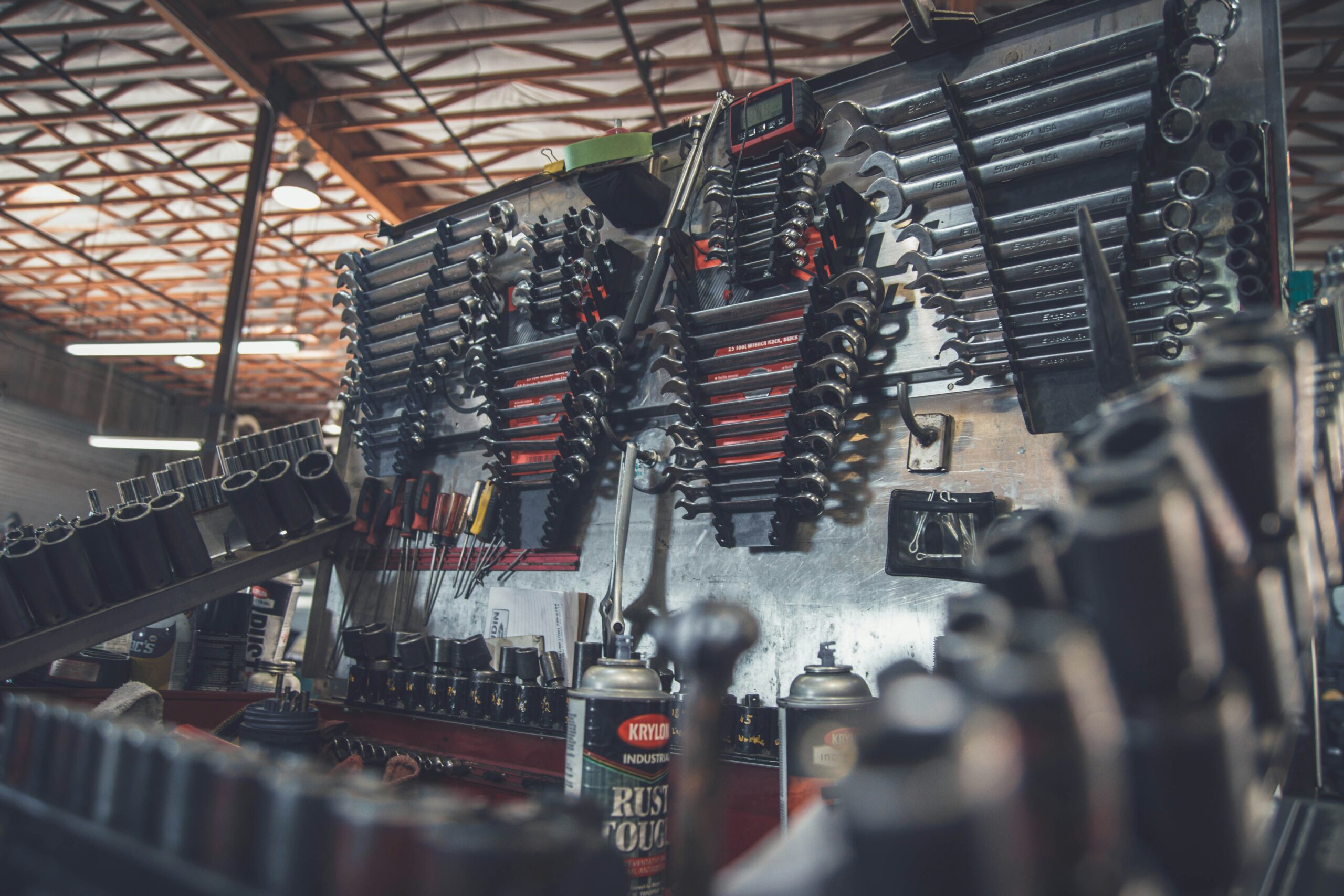KPI – November 2024: Consumer Trends
KPI – November 2024: State of Manufacturing
KPI – November 2024: State of Business – Automotive Industry
KPI – November 2024: State of the Economy
KPI – November 2024: Recent Vehicle Recalls
The Conference Board Consumer Confidence Index increased from 99.2 in September to 108.7 (1985 =100) in October. The Present Situation Index – based on consumers’ assessment of current business and labor market conditions – increased by 14.2 points to 138.0.
Meanwhile, the Expectations Index – based on consumers’ short-term outlook for income, business and labor market conditions – increased by 6.3 points to 89.1, well the threshold of 80 that can signal a recession.
Similarly, the University of Michigan Survey of Consumers – a survey consisting of approximately 50 core questions covering consumers’ assessments of their personal financial situations, buying attitudes and overall economic conditions – registered 70.1 in September and finished at 70.5 in October. The preliminary reading for November is 73.0 – its highest reading in six months.
While real GDP is expected to increase 2.7% year-over-year in 2024 and 2.2% in 2025, consumers remain concerned with high rent, utilities, insurances and grocery costs. From long-term inflationary impacts to climbing mortgage rates, consumers continue to report feeling stressed about finances.
Despite various hardship, “we see spending patterns as being solid and consistent with the narrative that the consumer is on solid footing and with a strong labor market,” according to Jamie Dimon, CEO at JPMorgan Chase.
Nationally, the seasonally adjusted Fiserv Small Business Index increased 6 points to 147, recording one of the largest monthly gains and the highest overall Index value since the baseline period of January 2019. Small business sales (+7.1%) and total transactions (+8.8%) grew year-over-year.
“Enthusiastic consumer spending was seen throughout small business categories in October, with growth across both goods and services, and discretionary and non-discretionary spends,” says Prasanna Dhore, chief data officer at Fiserv. “Notably, retail sales surged in October. Strong consumer foot traffic combined with less inflation resulted in every retail subsector showing sales growth.”
Key takeaways, courtesy of Fiserv:
- Nationally, the Fiserv Small Business Index for Retail Trade hit 150, a 5-point increase compared to September. Year-over-year sales (+5.8%) and transactions (+9.2%) grew as average ticket sizes (-3.3%) continued to decline. The fastest growing retail categories year-over-year were General Merchandise (+11.4%), Food and Beverage (+8.4%), Furniture (+7.8%) and Health and Personal Care (+6.8%).
- Food Services and Drinking Places, which includes restaurants, indexed at 127 in October, a two-point increase month-over-month. Restaurants posted year-over-year growth in both total sales (+5.9%) and foot traffic (+7.6%), but average ticket sizes continued to decline (-1.7%) compared to 2023.
- All 50 U.S. states saw small business sales growth month-over-month. Delaware (+8.1%), Michigan (+7.9%), Utah (+7.4%), Georgia (+7.1%) and Kentucky (+6.8%) showed the most growth compared to September.
While the NFIB Small Business Optimism Index rose by 2.2 points in October, this is the 34th consecutive month below the 50-year average of 98. Of concern, the Uncertainty Index rose seven points to 110 – the highest reading recorded.
Overall, 53% of those surveyed reported hiring or trying to hire in October, down 6 points from September. Approximately 46% (87% of those hiring or trying to hire) reported few or no qualified applicants for the positions they were trying to fill (down 6 points).
Another 25% of owners reported few qualified applicants for their open positions (down 5 points) and 21% reported none (down 1 point). Reports of labor quality as the single most important problem for business owners rose 3 points from September to 20%.
Labor cost reported as the single most important problem for business owners fell 1 point to 8%, 5 points below the highest reading of 13%, reached in December 2021.
“With the election over, small business owners will begin to feel less uncertain about future business conditions. Although optimism is on the rise on Main Street, small business owners are still facing unprecedented economic adversity. Low sales, unfilled job openings and ongoing inflationary pressures continue to challenge our Main Streets, but owners remain hopeful as they head toward the holiday season,” says Bill Dunkelberg, NFIB chief economist.
Image Source: NFIB Small Business Optimism Index
Professionals in the automotive, RV and powersports industries remain steadfast in their efforts to evolve their business models and grow their brands in the face of adversity. As such, the monthly Key Performance Indicator Report serves as an objective wellness check on the overall health of our nation, from the state of manufacturing and vehicle sales to current economic conditions and consumer trends.
Below are a few key data points explained in further detail throughout the report.
Top takeaways:
- Economic activity in the manufacturing sector contracted in October for the seventh consecutive month and the 23rd time in the last 24 months, say the nation’s supply executives in the latest Manufacturing ISM Report On Business.
- In October, the Consumer Price Index for All Urban Consumers (CPI-U) increased 0.2% on a seasonally adjusted basis, the same increase as in each of the previous three months. Over the last 12 months, the all-items index increased 2.6% before seasonal adjustment.
- Total new-vehicle sales for October 2024, including retail and non-retail transactions, are projected to reach 1,327,600 – a 2.1% year-over-year increase on a selling day adjusted basis, according to a joint forecast from J.D. Power and GlobalData.
- Powersports Business says dealers across the country reported an overall combined revenue decline of 10.7% year-over-year in September, according to composite data from more than 1,700 dealerships in the U.S. that utilize CDK Lightspeed DMS. On average, dealerships were down 10.6% in parts, 11.2% in major units and 7% in service.
Image Source: Powersports Business
